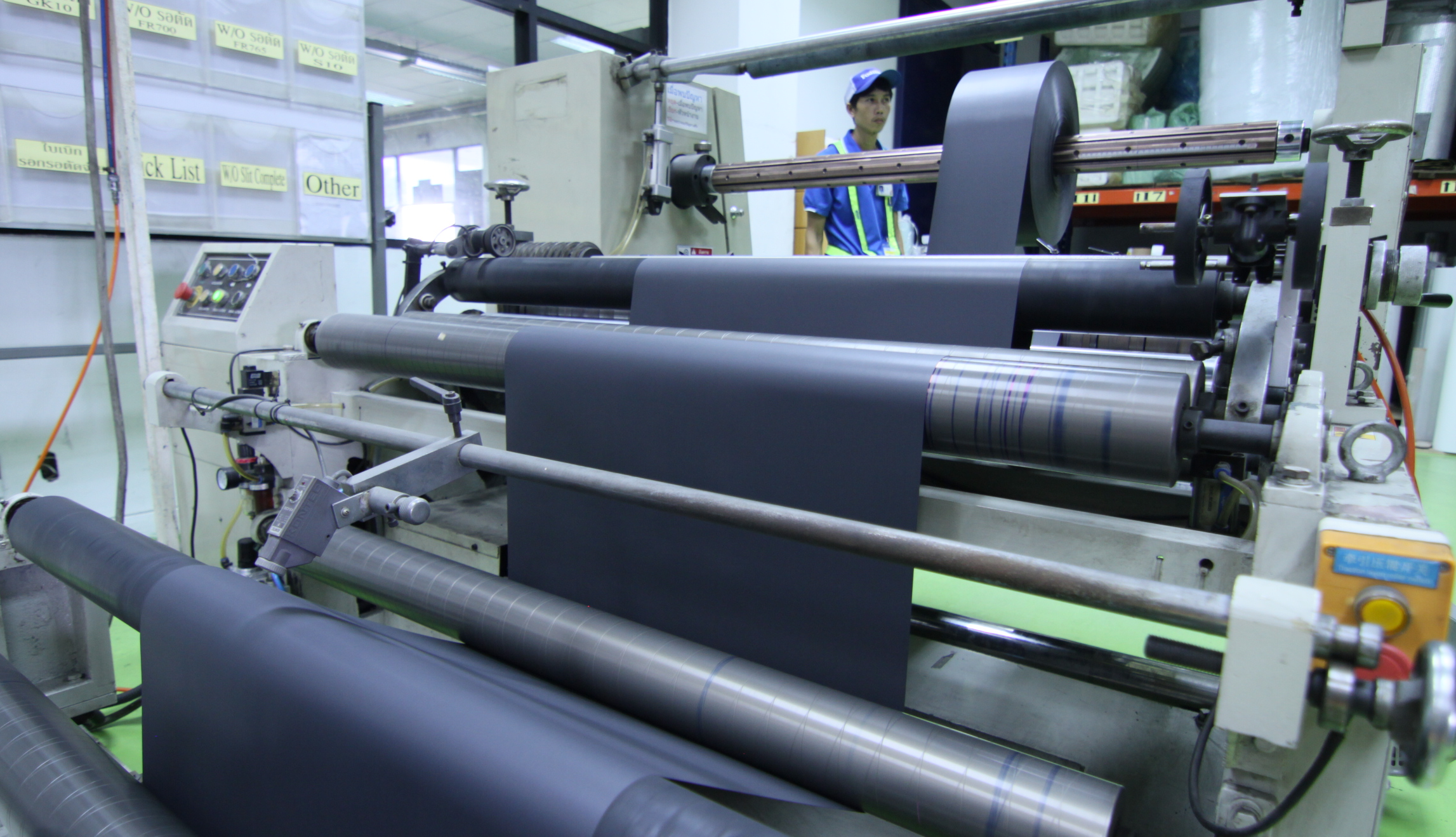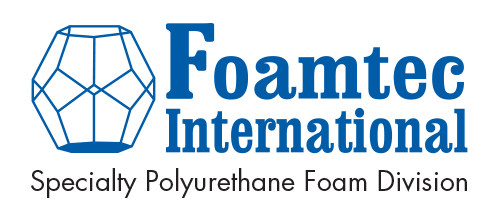
Slitting
Foamtec International uses the slitting process as a key method to customize and prepare their foam products for various applications. Slitting involves cutting large rolls or sheets of foam into narrower widths or specific shapes, which is essential for producing foam components that meet precise specifications required by different industries, such as electronics, medical devices, and automotive sectors.
This process allows Foamtec to efficiently create products that can serve as gaskets, seals, filters, or insulation, fitting perfectly into their clients' products. The slitting technique ensures that the foam maintains its structural integrity and functional properties, such as cushioning or filtration, while being tailored to specific dimensions and tolerances. This customization capability is crucial for meeting the unique demands of each industry and application, making slitting a vital part of Foamtec's manufacturing operations.
In manufacturing, slitting is a process used to cut a large roll of material into narrower rolls. The process begins with a large roll or coil of material, such as metal, paper, film, foil, or cloth. This coil is then loaded into a machine known as a slitter, which cuts the material into narrower rolls.
The slitting process involves two stages:
Uncoiling: The large roll of material is loaded onto an uncoiler, which unwinds the material and feeds it into the slitter.
Slitting: The slitter consists of one or more sets of circular knives, known as slitting knives or blades. As the material passes through these knives, they slice it into narrower rolls.
The slit material is then rewound onto individual cores, creating the narrower rolls. The widths of these rolls can be adjusted according to the specific needs of the application.
This process is commonly used in industries like packaging, printing, paper manufacturing, metalworking, and textile production, where materials often need to be cut to specific widths before they can be used in further manufacturing processes. It's an important step in many industrial processes because it allows manufacturers to purchase materials in bulk and then cut them to the precise dimensions needed for specific applications.
